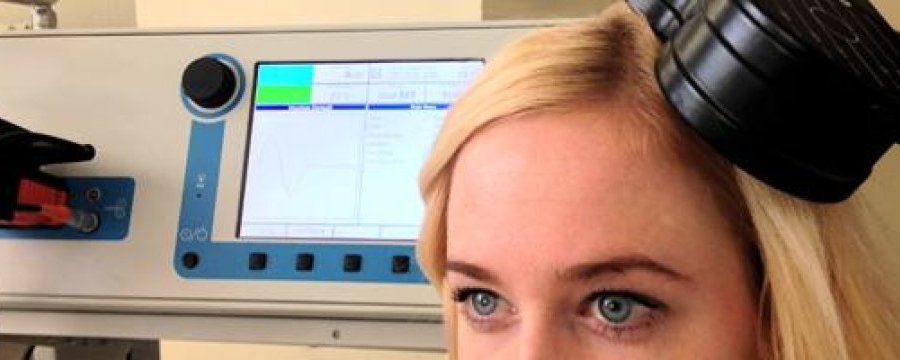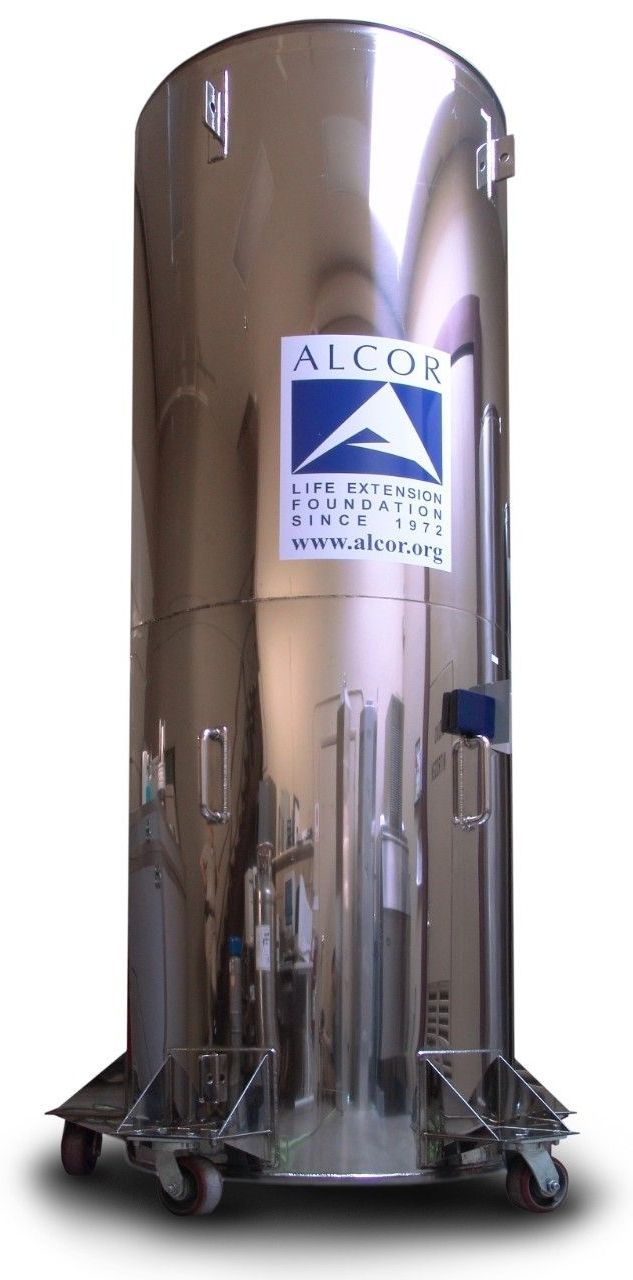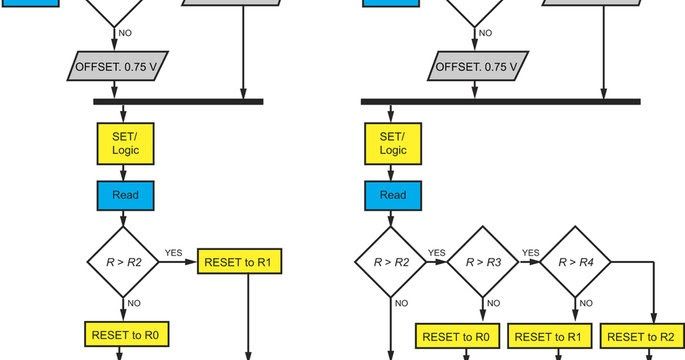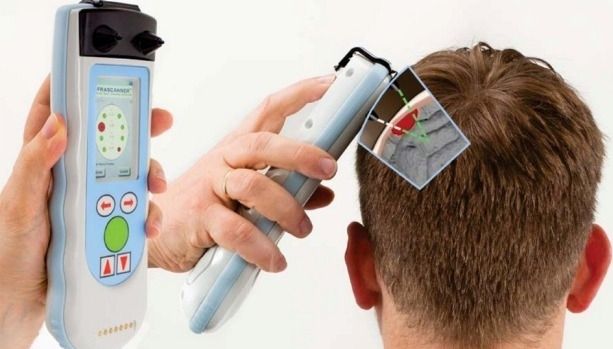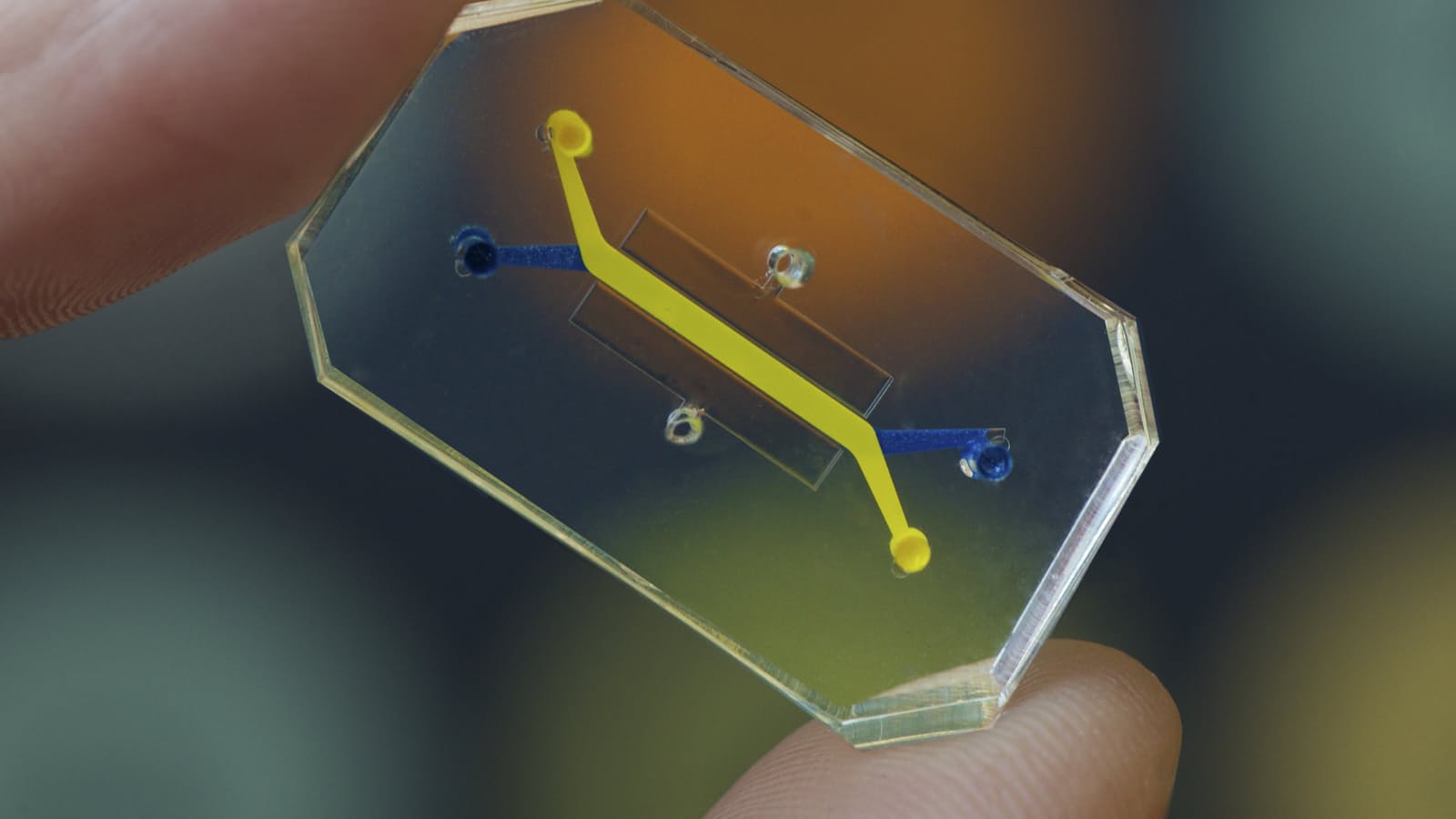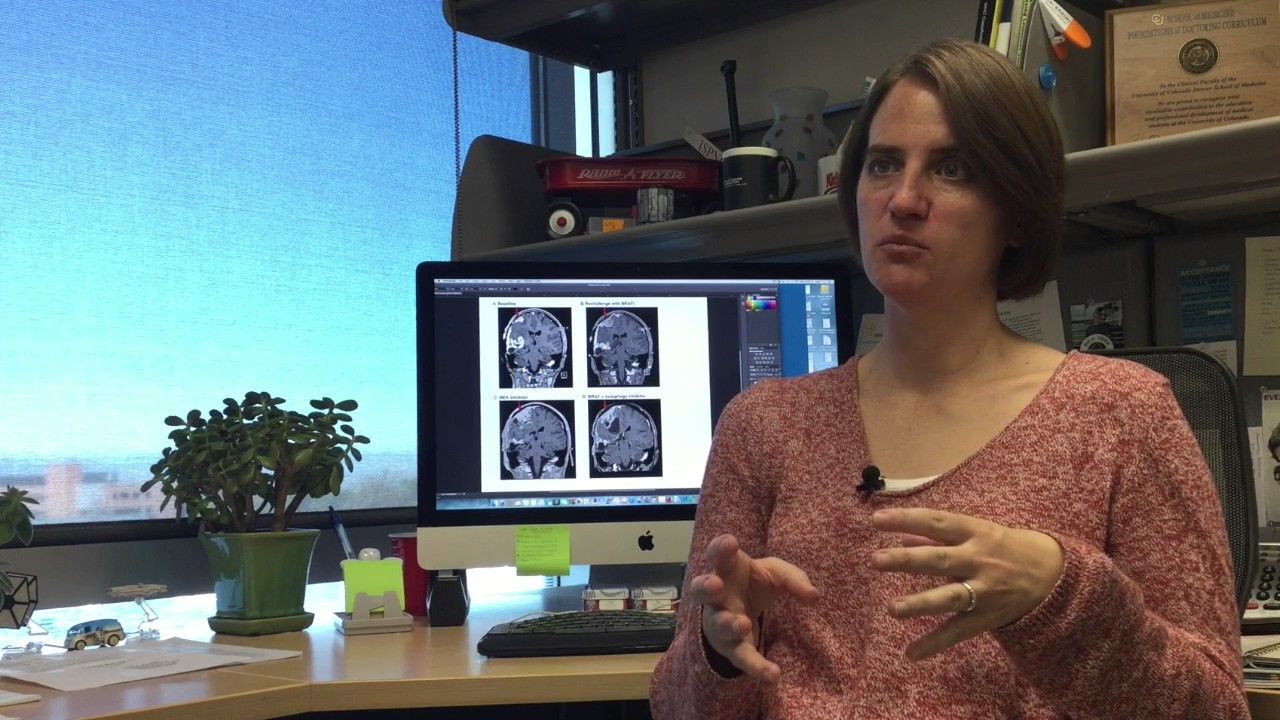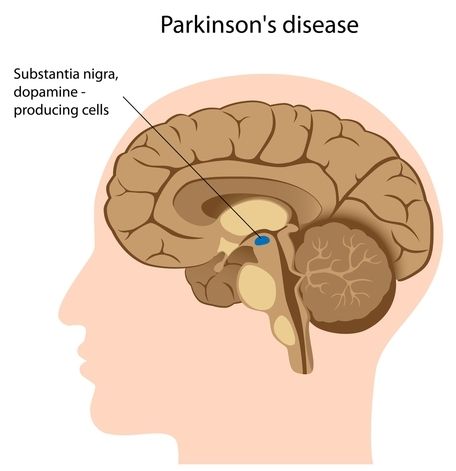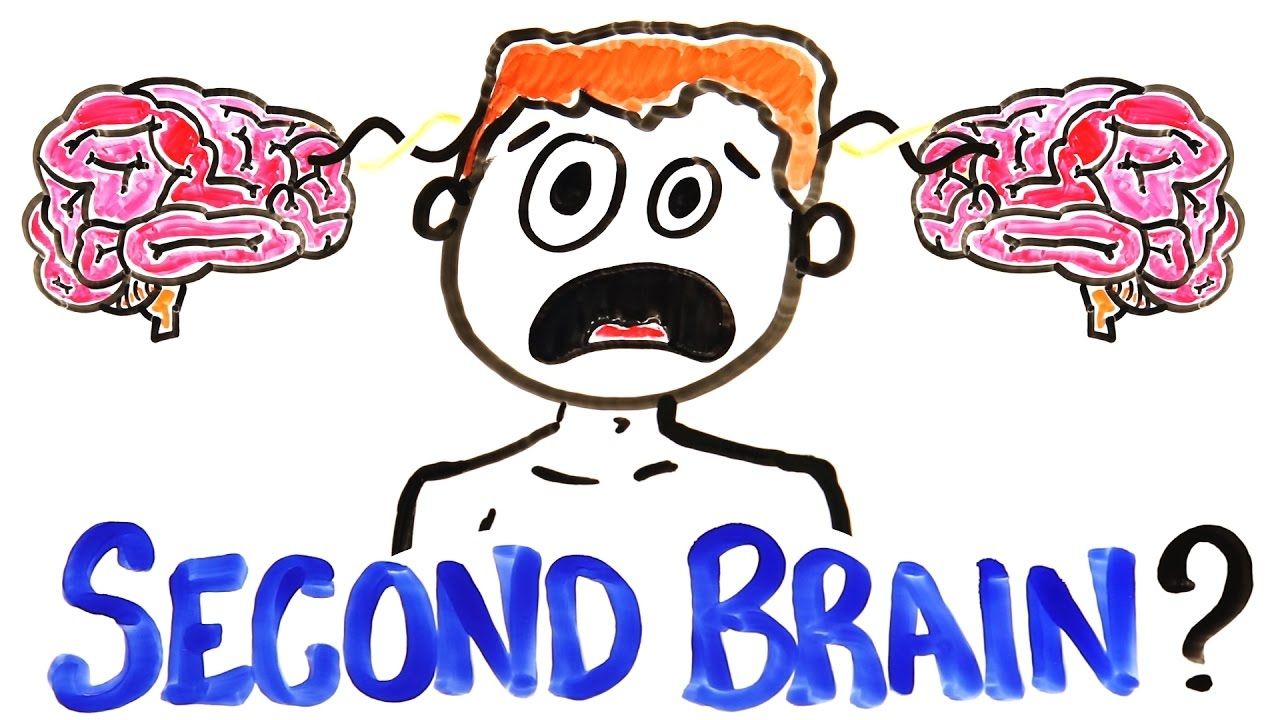Jan 19, 2017
Brain stimulation used like a scalpel to improve memory
Posted by Karen Hurst in categories: biotech/medical, neuroscience
Precise memory, rather than general memory, is critical for knowing details such as the specific color, shape and location of a building you are looking for, rather than simply knowing the part of town it’s in. This type of memory is crucial for normal functioning, and it is often lost in people with serious memory disorders.
“We show that it is possible to target the portion of the brain responsible for this type of memory and to improve it,” said lead author Joel Voss, assistant professor of medical social sciences at Northwestern University Feinberg School of Medicine. “People with brain injuries have problems with precise memory as do individuals with dementia, and so our findings could be useful in developing new treatments for these conditions.”
By stimulating the brain network responsible for spatial memory with powerful electromagnets, scientists improved the precision of people’s memory for identifying locations. This benefit lasted a full 24 hours after receiving stimulation and corresponded to changes in brain activity.
